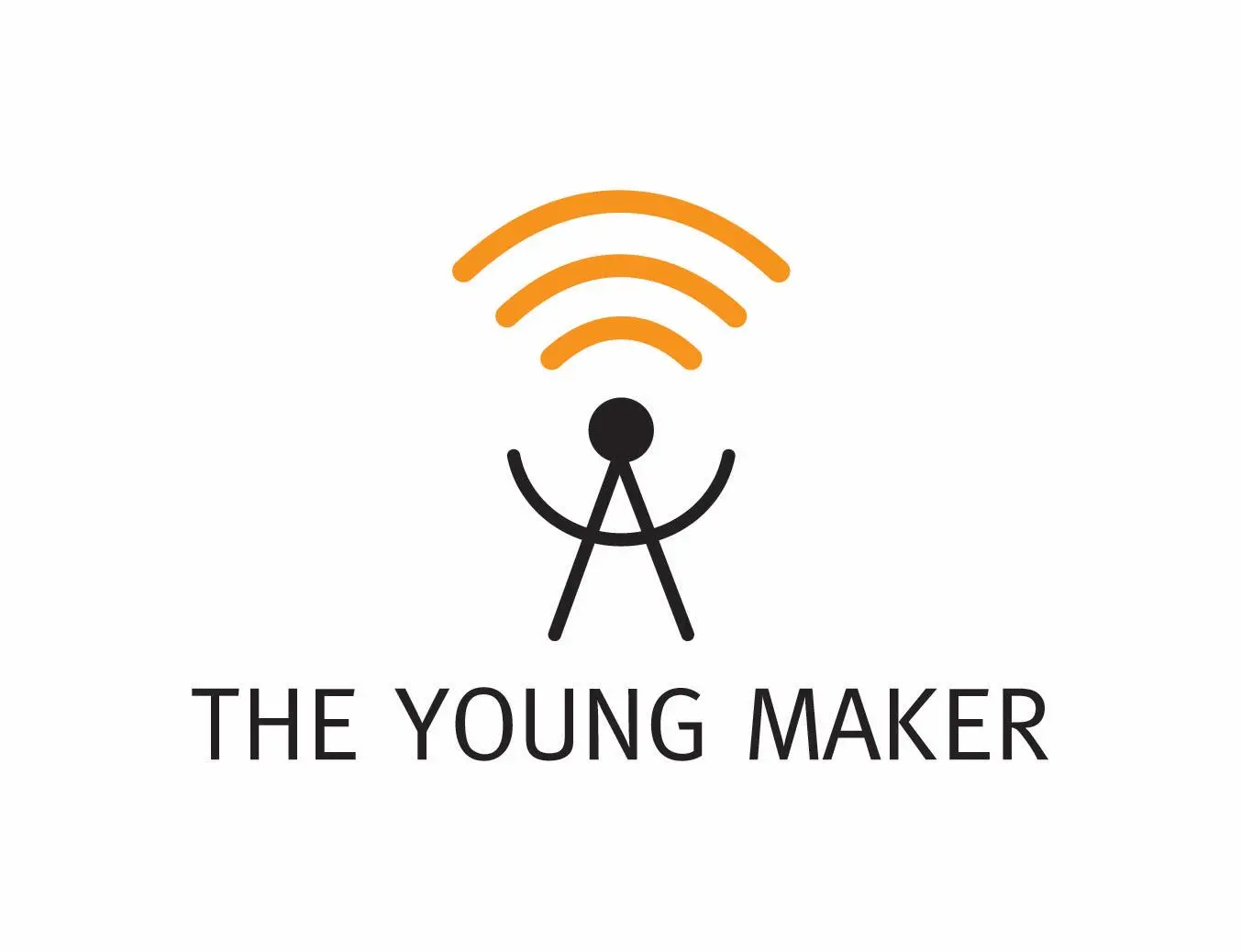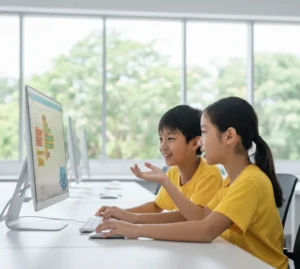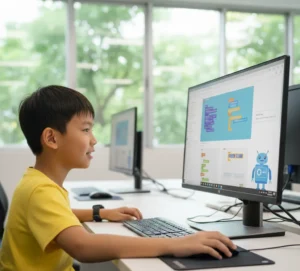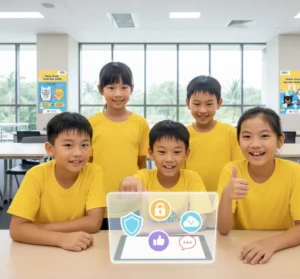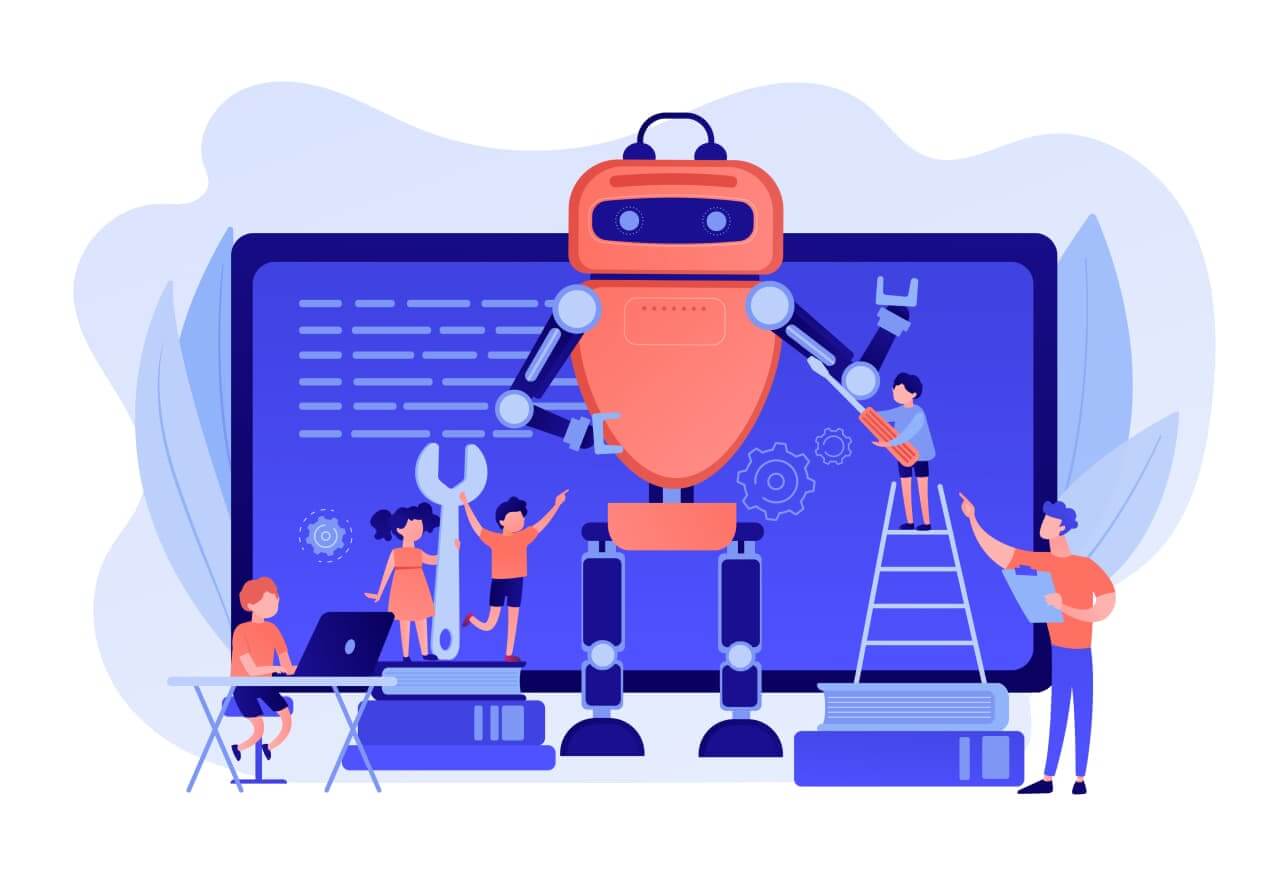
In today’s digital age, nurturing creativity in children goes beyond traditional learning methods. Robotics and coding offer an exciting gateway to spark curiosity, problem-solving, and innovation in young minds. Through engaging home projects and interactive activities, kids can dive into the fascinating world of robotics, learning to build, code, and bring their ideas to life. These hands-on experiences empower children to explore technology while enhancing critical thinking and collaboration. If you’re eager to inspire your child’s interest in robotics, The Young Maker offers a variety of resources and activities to help you get started.
Exploring New Horizons: Why Robotics Matters in Early Learning
Incorporating robotics into early education offers a dynamic and engaging way to introduce children to the wonders of technology. By interacting with robots, young learners not only grasp fundamental STEM concepts but also ignite their curiosity and creativity. Robotics brings abstract ideas to life, making complex topics more accessible and exciting. This hands-on approach fosters problem-solving skills and critical thinking, setting a solid foundation for future academic and personal growth.
Beyond technical skills, robotics also nurtures essential soft skills such as teamwork and resilience. Working together to build and program robots teaches children effective communication, project management, and collaborative problem-solving. This interactive learning environment not only enhances their social skills but also builds confidence and a positive attitude towards challenges. Embracing robotics early on prepares kids for a tech-savvy future and inspires a lifelong passion for learning and innovation.
Sparking Curiosity: The First Step in Teaching Robotics
Introducing robotics to children starts with capturing their imagination and curiosity. To do this, it’s important to present robotics as an exciting and approachable subject. Begin by using age-appropriate tools like programmable toys such as Dash and Dot or platforms like ScratchJr, which offer a simplified version of coding. These tools make it easy for young learners to grasp the basics without feeling overwhelmed. At this stage, the goal is not mastery but exposure. Show them how robots can perform simple tasks like moving, dancing, or playing sounds, which can inspire children to explore further. By turning robotics into a fun and exploratory activity, you create a strong foundation of interest that will drive them toward more advanced learning.
The Benefits of Kids Learning Coding and Robotics
Learning coding and robotics at a young age offers children a wide range of benefits that extend beyond just technical skills. These fields promote intellectual growth, foster creativity, and prepare kids for a tech-driven future. Some of the key benefits include:
- Enhances Problem-Solving Skills: Robotics and coding require logical thinking and troubleshooting, helping kids develop their ability to solve complex problems in a structured way.
- Boosts Creativity: Building and programming robots encourages children to think outside the box and explore innovative solutions to challenges.
- Improves Collaboration and Teamwork: Many robotics projects require group work, teaching kids how to communicate effectively and collaborate with others.
- Strengthens Critical Thinking: Kids learn to analyze problems, identify patterns, and make decisions based on data and outcomes, improving their critical thinking abilities.
- Fosters Perseverance: Coding and robotics often involve trial and error, teaching children the importance of persistence and resilience in overcoming obstacles.
- Prepares for Future Careers: As technology continues to evolve, early exposure to coding and robotics equips kids with valuable skills that will be increasingly in demand in the job market.
These benefits not only enhance academic performance but also prepare children for a future full of possibilities.
Building from Scratch: Robotics Projects with Household Items
Teaching robotics doesn’t require fancy equipment or expensive kits; many engaging projects can be created using everyday materials. Start with simple robots made from cardboard, rubber bands, and small motors, showing kids how the principles of engineering and design come together to make things move. These hands-on projects allow kids to interact with basic robotics concepts in a tangible way, learning through trial and error. For example, building a basic brushbot or a paper circuit robot teaches kids the mechanics of movement, electricity, and connectivity, while fostering creativity. The process of building with their hands also strengthens problem-solving and critical thinking skills as children figure out how to improve their creations with each attempt.
Coding for Beginners: Engaging Kids with Simple Programming
Coding is a key component of robotics, but it’s essential to make it accessible and fun for beginners. Block-based coding platforms like Blockly or Code.org are excellent for teaching programming without the need for advanced knowledge. These platforms allow kids to see the immediate effects of their code by visually moving blocks to create sequences and commands. With step-by-step tutorials and interactive games, children learn the fundamentals of programming logic, sequencing, and loops in an engaging way. As they progress, children can move from basic instructions like “move forward” to more complex commands that control robot sensors, lights, and movement patterns. This interactive and visually stimulating approach to coding ensures kids stay motivated and develop a deep understanding of how coding powers the robots they build.
Learning Through Play: Making Robotics Fun and Engaging
Turning robotics into a game makes learning even more enjoyable and effective. Gamification transforms the learning experience by introducing challenges, rewards, and goals that encourage active participation. Create fun competitions like robot races or coding challenges where kids must navigate robots through obstacle courses or complete specific tasks using their programming skills. These playful activities help children develop strategic thinking and teamwork while reinforcing their knowledge of robotics and coding. The key is to keep the experience light-hearted and rewarding, ensuring that kids associate robotics with fun rather than a chore. Through gamification, children remain engaged and are motivated to push their skills further in a supportive, enjoyable environment.
Fostering Innovation: Encouraging Kids to Explore and Create
One of the most important aspects of teaching robotics is encouraging children to experiment and innovate. While structured lessons provide the necessary foundation, giving kids the freedom to explore their own ideas cultivates a deeper interest in robotics. Encourage open-ended projects where they can design and program robots to solve problems or perform unique tasks based on their creativity. For example, a child might design a robot to help clean up small objects or one that can follow a line on its own. These self-directed projects empower kids to take ownership of their learning, boosting their confidence and reinforcing critical problem-solving skills. The freedom to innovate helps children understand that robotics isn’t just about following instructions—it’s about creating solutions and imagining new possibilities.
Building Tomorrow’s Innovators: Why Robotics is Essential for Young Learners
Robotics in early education equips children with the skills they need for the future, from technical abilities to creative problem-solving and collaboration. By teaching kids robotics through coding projects and home-based activities, you nurture their curiosity, enhance their learning, and prepare them for tomorrow’s tech-driven world. This combination of hands-on experiences and digital learning helps children not only understand technology but also envision how they can shape it. If you’re looking for more structured guidance and resources to deepen your child’s engagement with robotics, consider The Young Maker in Singapore. We offer a wide range of coding and robotics courses tailored for students of various ages. To explore more about our programs and how we can support your child’s development, visit our website today and get in touch to kickstart our robotics journey!
